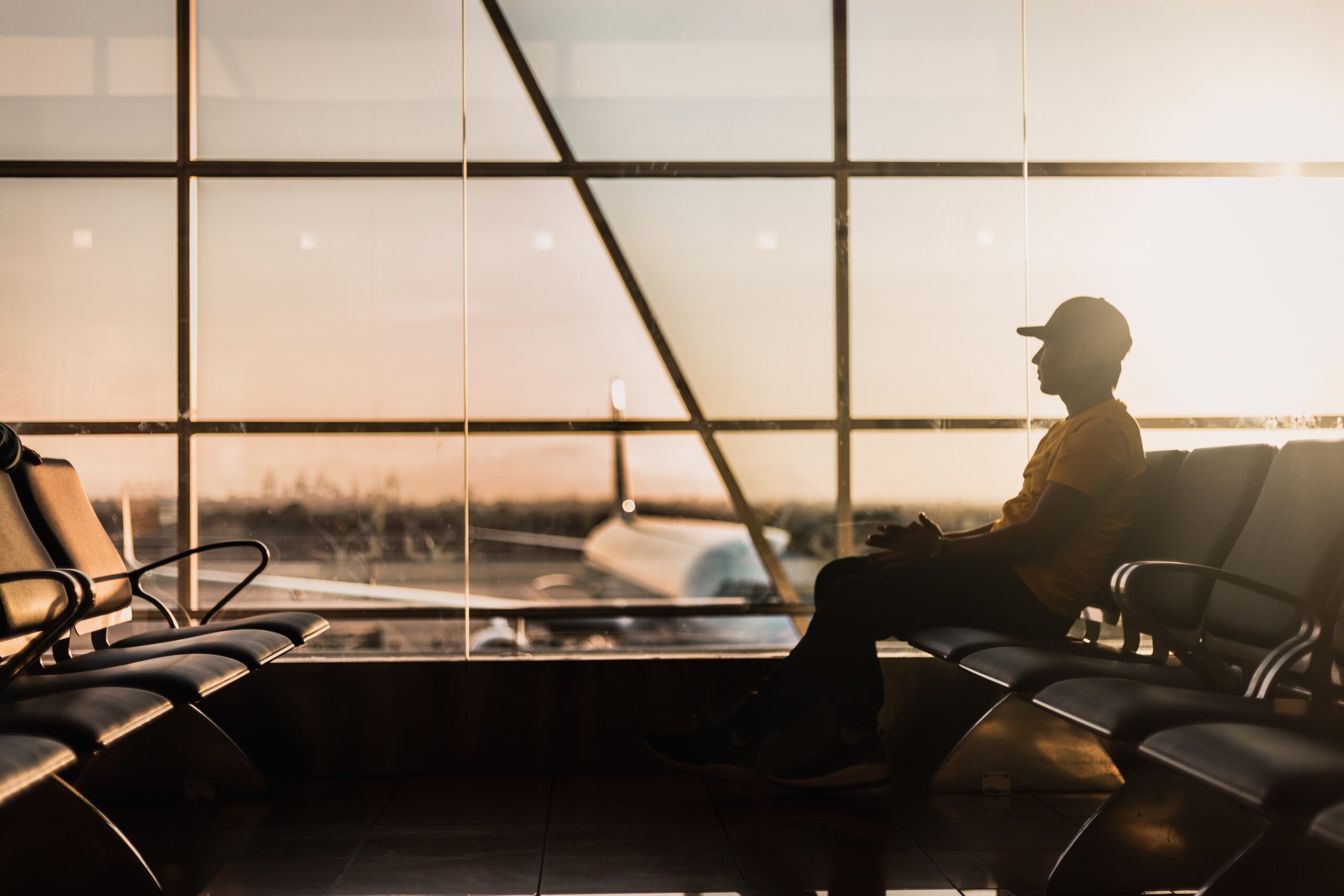Airline Rewards: Are the Points Worth the Loyalty?
In the game of travel-branded loyalty rewards, there is only one winner: the one who gets free trips and travel perks
by Lark Gould
April 18, 2023
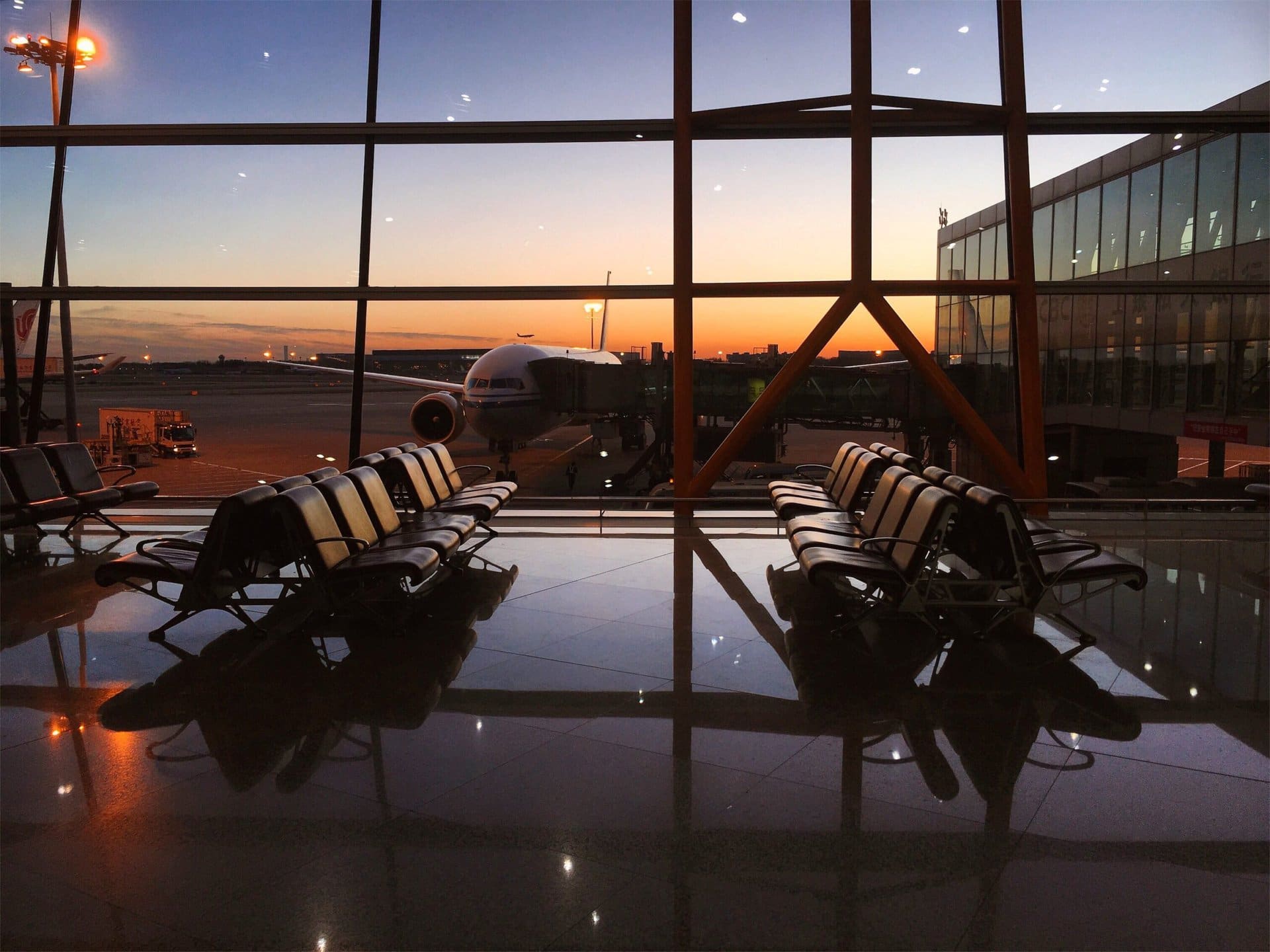
Photo: Beijing International Airport. Courtesy of Lumi W / Unsplash
Airlines and hotels have made this game an open one, available to anyone who books a seat on a plane or stays in a hotel chain room for the price of simply signing up. And the rewards can be addictive: a flight that costs only taxes, a complimentary cabin upgrade for the asking, a front-of-the-line place for airline security or boarding, a bag in the hold – sans fees…
Even for the casual traveler, such tastes of privilege can leave one wanting more. And that is where the fun starts.
Where the Real Gold Is
Frequent flyer programs are the secret cash cow of the airline industry. For many airlines, their loyalty programs outstrip the company’s valuation. For example, one airline noted as having a market cap of $6 billion owned and operated a loyalty program that was valued at $25.5 billion at the time, according to a prominent airline watchdog.
Selling miles to attract flyers, keeping them in the family, and selling more miles and trips to them over time has been a successful ploy for airline companies for over four decades. Frank Lorenzo’s Texas International Airlines, which eventually turned into Continental, was the first such program—dating back to 1979. But the American Airlines AAdvantage program is considered the godfather of mileage memberships. It started in 1981 and has been running like a Swiss clock ever since.
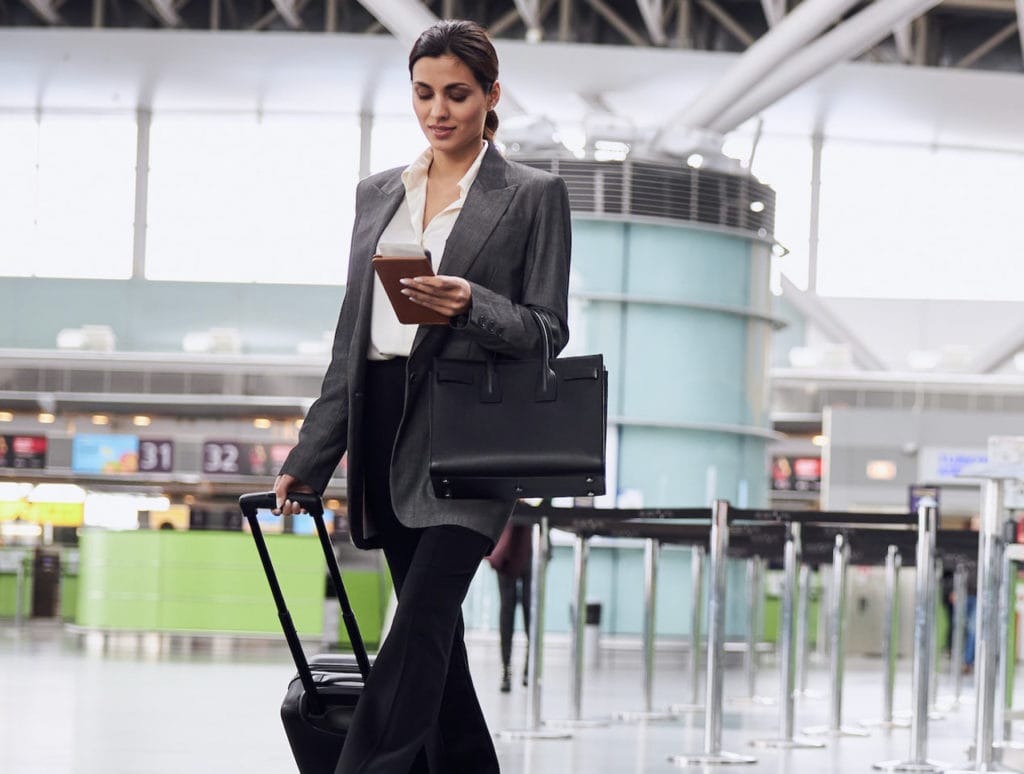
Photo: Unsplash+ In collaboration with Getty Images
More recently, banks have gotten into the act, so frequent flyers barely need to fly at all. Bonus miles incentives of 60k or 80k (up to as much as 160k) for new credit card sign-ups are not unusual—often requiring a minimum credit card spend and possibly an immediate or delayed annual service charge. Seeing a sudden tsunami of points in one’s travel account can do wonders to create a dose of loyalty. The banks win, the airlines win a new customer—possibly for life, and the customer gets a free trip just for making day-to-day purchases on a credit card.
So what could be wrong with a system this good?
Elusive Elitism
Call it the law of diminishing returns. As time marches on, whatever points you have earned or have been given during the pandemic, during a flight glitch, during a gifting or an inheritance, or have been saving through the years for that round-the-world trip of a lifetime, are not worth what they once were and may not get you very far at all.
Airlines continue to go through re-sets, throwing a bone or two to the casual traveler that might make a 1,000-mile trip more accessible. But, then, on the back end, there will also be adjustments that make it harder to use miles to upgrade, use miles to cruise, or have any hope of reaching a tier of coveted Elite Status – just when you were oh so close.
Inflation issues at the gas pump and the grocery store are also evidenced in bonus miles values, which are easy to earn but challenging to redeem unless you are partial magazine subscriptions and flower bouquets.

Delta Air Lines ticket counter / Photo: Courtesy of Delta Air Lines
For instance, Delta Air Lines implemented challenging new spending requirements for Delta Medallion Status for 2024, starting at the beginning of this year. And the new thresholds are 33% higher for levels Gold Medallion and above!
Silver Medallion members still need to amass 25,000 qualifying miles and spend $3,000 qualifying dollars in a given year, and for that, they get …. a free checked bag.
The requirements for the next level – Gold – are double that mileage and $8,000 in qualifying spends (up from $6,000). What is the reward for these investments? A free checked bag, plus no-fees-for-same-day flight changes.
American Airlines has similar tiers in its AAdvantage program:
- Gold: 40,000 Loyalty Points.
- Platinum: 75,000 Loyalty Points.
- Platinum Pro: 125,000 Loyalty Points.
- Executive Platinum: 200,000 Loyalty Points.
As of last month, it became tougher to earn American Airlines Gold elite status as that price increased by 33%, from 30,000 to 40,000. Getting there through any loyalty program is a crazy salad of knowing the right purchases to make, the right trips to take, the right cards to keep, the right timing, and other dos and don’ts – often a subtle form of subterfuge that consumers face in their quest to redeem promised benefits. And in the end, it may not have been worth the bother.
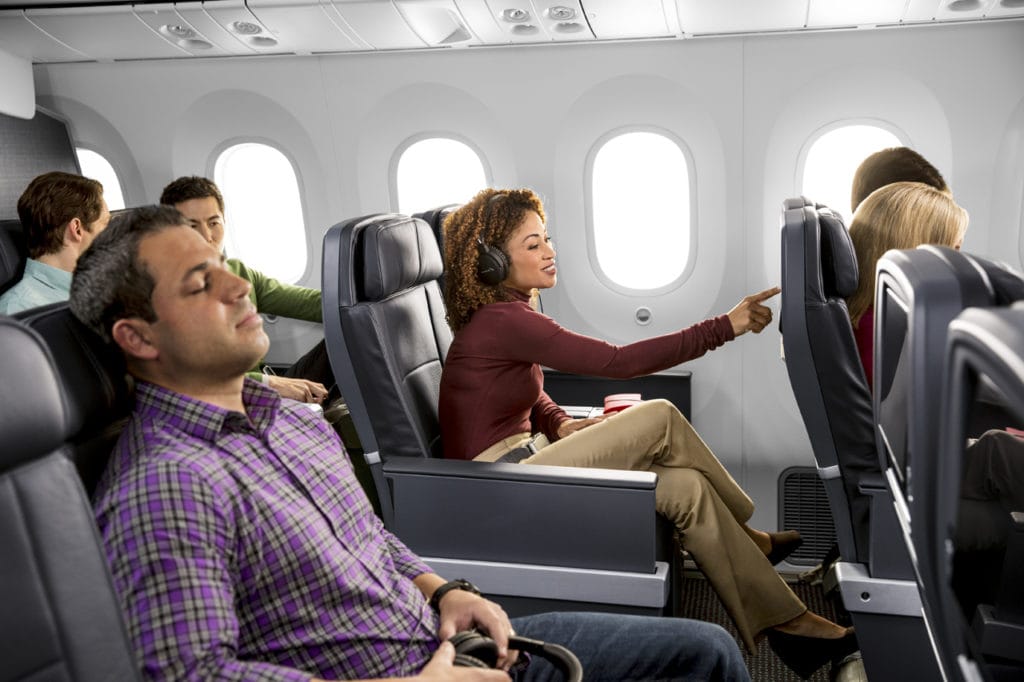
American Airlines Premium Economy. Photo: Courtesy of American Airlines
A recent NerdWallet analysis spells it out this way:
AAdvantage Gold Benefits:
- Unlimited complimentary domestic upgrades.
- Complimentary Preferred seats.
- Complimentary Main Cabin Extra at check-in.
- One free checked bag.
- Priority check-in, security, and boarding.
- Same-day standby priority.
- AAdvantage Gold service desk access.
- Oneworld Ruby benefits.
Earning Entry: 40,000 loyalty points
Estimated Value of Benefits: $2,158
Estimated Cost to Earn these Benefits: $7,595
With each tier, the benefits package grows, and so does the cost of earning it, although in more consumer-friendly ratios.
Upgrade? What Upgrade?
And while smooth pre-flight lounge access is growing more difficult at the airport (anyone tried to enter a Priority One lounge lately?), so are upgrades. In a recent report by the New York Times, Ben Schlappig, a travel expert with One Mile at a Time, noted that chasing status might not be worth it in the end, given the high percentage of first class seats that are currently sold. He stressed a call in which an American Airlines executive said the carrier was selling almost 80 percent of those seats, making far fewer available for upgrades.
“That’s a big reason that many people should give up on elite status or not pursue it so heavily if they wouldn’t naturally earn it with flying,” Mr. Schlappig said in the article. “It’s a lot of effort for little reward.”
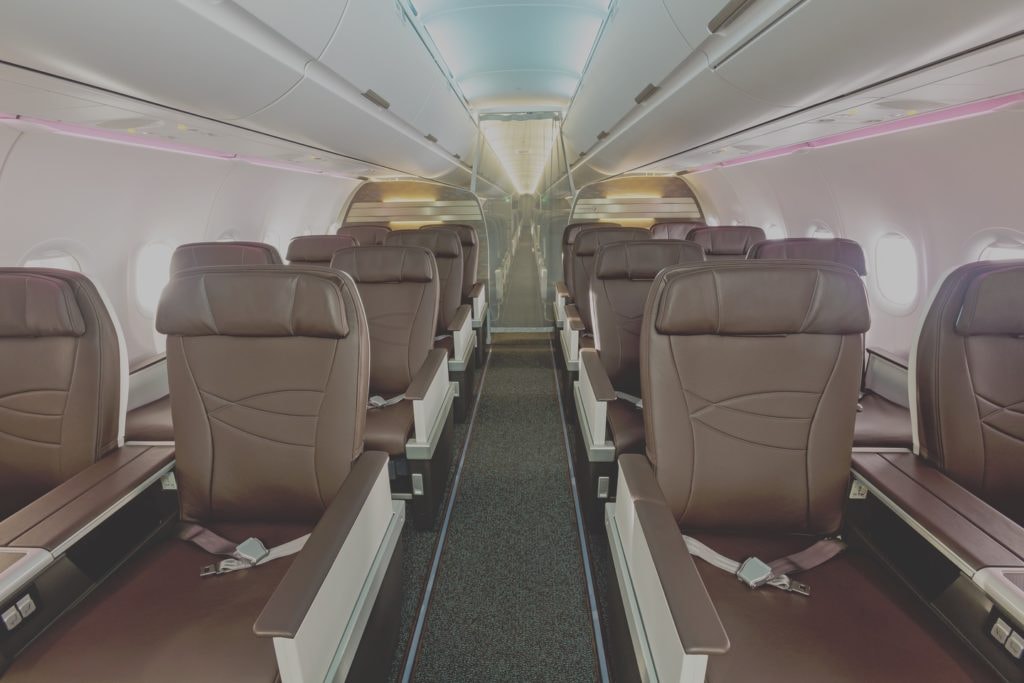
Photo: Airbus A321neo, Business Class cabin. Courtesy of Hawaiian Airlines
Of course, if you are a frequent flyer with memberships in various airline and hotel companies, there is no value lost and plenty to be gained as you go about your day and let the points mount up. There are no tricky decisions and lost revenues that might happen for forgoing a cheaper seat on a different airline only to stay loyal to a more expensive seat for points.
For casual travelers, however, the cost of surrendering your information to a bank or an airline may only return a little practical value. A recent ValuePenguin survey found that most (59%) Americans aren’t taking advantage of such programs. It also found:
- More than 4 in 10 (41%) consumers are members of a travel-related loyalty program. Consumers who travel for business are most likely to be travel loyalty program members, as are men and members of Generation Z.
- One in 4 Americans have a preferred airline, and Southwest took the top spot among respondents. 26% are loyal to Southwest, followed by Delta at 22% and American at 20%.
- Surprisingly, most (75%) consumers say the pandemic didn’t impact their loyalty to their favorite travel brands either way, though 14% became more loyal and 11% less so.
- Most travelers prefer to hoard their travel rewards. Among travel loyalty members, 66% say they hang onto their rewards, while 35% frequently cash them in.
The survey showed that business travelers who take three-plus trips per year are much more likely to be members versus pleasure travelers who take just as many trips. And while Gen Z participates more in loyalty programs, boomers are likelier to belong to an airline, hotel and/or rental car loyalty program than other generations.
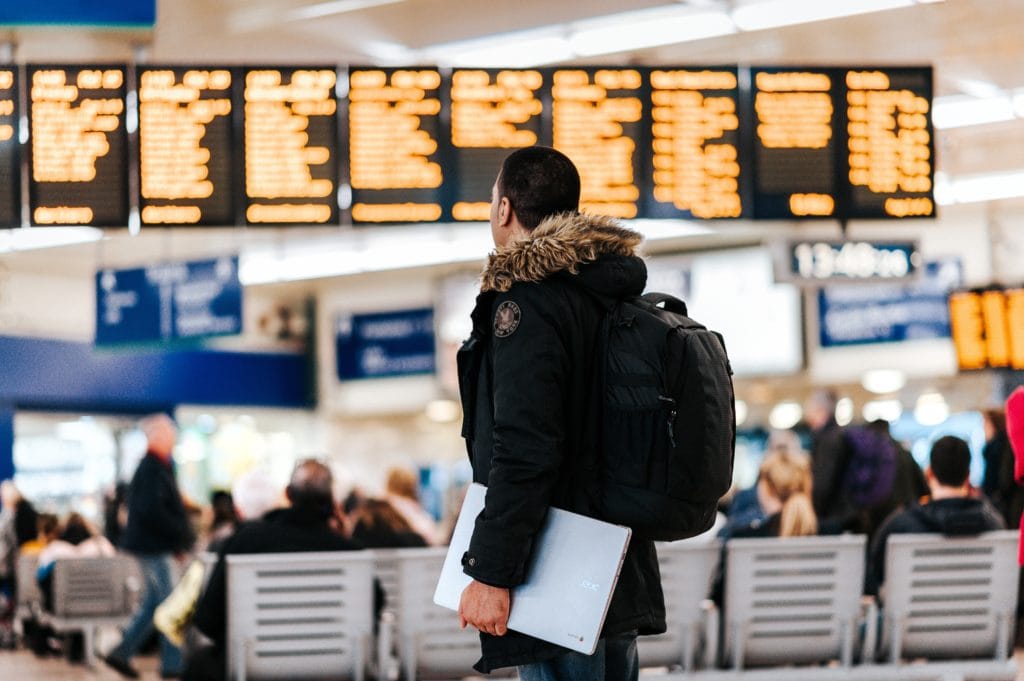
Photo: Courtesy of Anete Lūsiņa / Unsplash
In a complementary survey by travel technology company Arrivia, results indicated that less than half of Americans think points are essential to travel. Only 42% used their awards to lower the cost of a trip. It pointed to business travelers who agree that their loyalty programs must be improved. Nearly one-third of that cohort noted that they struggle to take advantage of the value of their rewards.
Take heed if you are feeling stuck at the airport and wondering where your perks went. You are not alone, and you are not imagining it.


